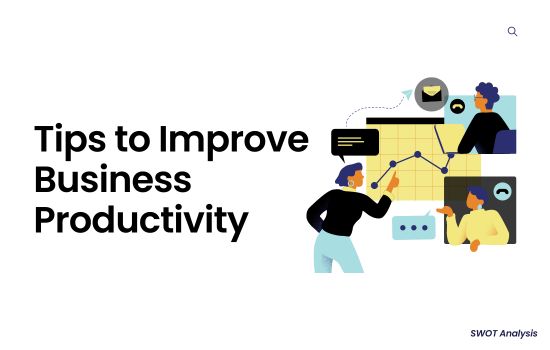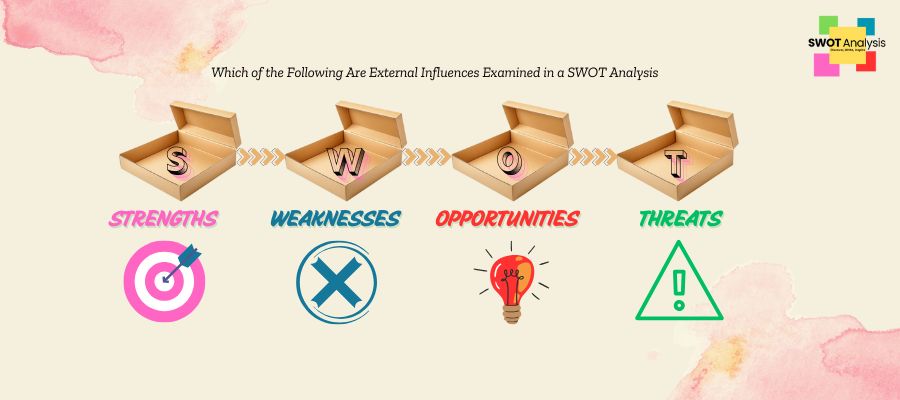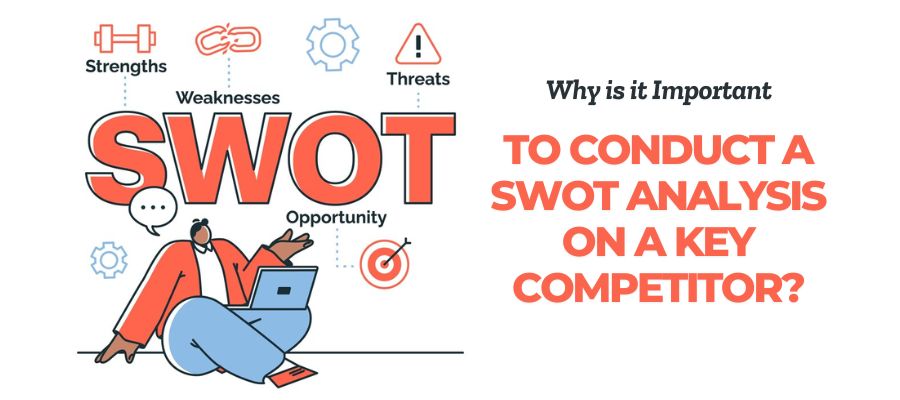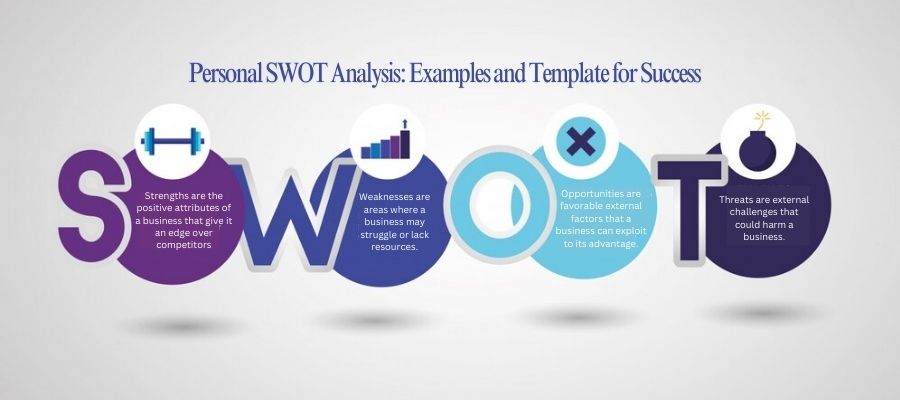Introduction
In today’s fast-paced business world, productivity is the key to staying ahead of the competition. But improving productivity isn’t just about working harder; it’s about working smarter. Let’s dive into some effective tips that can help boost your business productivity and keep your team motivated and efficient.
Understanding Business Productivity
Definition and Key Concepts
Business productivity refers to the efficiency with which a company can convert inputs into outputs. It’s about maximizing the value of resources such as time, money, and effort.
Measuring Productivity
Measuring productivity can be as simple as tracking output per employee or as complex as using sophisticated metrics like KPIs (Key Performance Indicators). The goal is to identify areas where efficiency can be improved.
Setting Clear Goals and Objectives
Importance of Clear Goals
Clear goals give direction and purpose. Without them, your team may be busy, but not necessarily productive.
How to Set SMART Goals
SMART goals are Specific, Measurable, Achievable, Relevant, and Time-bound. For example, instead of saying “Increase sales,” a SMART goal would be “Increase sales by 10% within the next quarter.”
Effective Time Management
Prioritizing Tasks
Not all tasks are created equal. Focus on high-impact tasks that drive your business forward. Use methods like the Eisenhower Matrix to prioritize effectively.
Using Time Management Tools
Tools like Trello, Asana, or even simple to-do lists can help keep track of tasks and deadlines, ensuring nothing falls through the cracks.
Enhancing Communication
Importance of Clear Communication
Clear communication prevents misunderstandings and ensures everyone is on the same page. It’s the glue that holds a productive team together.
Tools for Effective Communication
Platforms like Slack, Microsoft Teams, and Zoom facilitate seamless communication, whether your team is in the office or working remotely.
Leveraging Technology
Benefits of Automation
Automation can handle repetitive tasks, freeing up your team’s time for more critical work. Think of it as having an extra set of hands that never tires.
Popular Productivity Tools
Tools like Zapier, IFTTT, and CRM systems like Salesforce can automate various business processes, boosting overall productivity.
Employee Engagement and Motivation
Creating a Positive Work Environment
A positive work environment boosts morale and productivity. It’s about creating a space where employees feel valued and motivated to contribute their best.
Recognition and Reward Systems
Recognition and rewards can significantly boost employee motivation. Simple gestures like “Employee of the Month” or performance bonuses can go a long way.
Continuous Training and Development
Importance of Skill Development
Investing in your team’s development keeps their skills sharp and relevant. It’s like sharpening your tools before a big project.
Offering Training Programs
Offer regular training programs and workshops. Online courses and professional development programs can also be beneficial.
Streamlining Processes
Identifying Bottlenecks
Regularly review your processes to identify bottlenecks that slow down productivity. It’s like unclogging a pipe to ensure smooth flow.
Implementing Process Improvements
Once identified, work on improving these bottlenecks. Implementing lean management principles can be a good start.
Outsourcing and Delegation
Benefits of Outsourcing
Outsourcing non-core tasks can save time and resources. It allows your team to focus on what they do best.
Effective Delegation Strategies
Delegate tasks based on strengths and expertise. Trust your team to handle responsibilities, and provide support when needed.
Creating a Productive Workspace
Organizing the Physical Workspace
A clutter-free workspace reduces distractions and enhances focus. Think of it as creating a clean slate for creativity.
Ergonomics and Comfort
Ensure that workstations are ergonomic. Comfortable chairs and proper lighting can prevent fatigue and boost productivity.
Fostering a Culture of Accountability
Establishing Accountability Practices
Accountability ensures that everyone takes responsibility for their tasks. It’s about creating a culture where people own their work.
Monitoring and Evaluation
Regular check-ins and performance reviews help monitor progress and provide feedback. It’s like a coach guiding their team to victory.
Implementing Flexibility in Work Schedules
Benefits of Flexible Work Hours
Flexible work hours can improve work-life balance, reducing burnout and increasing productivity. It’s about finding a rhythm that works for everyone.
Remote Work and Telecommuting
Remote work offers flexibility and can boost productivity if managed well. Ensure you have the right tools and policies in place to support remote workers.
Utilizing Data and Analytics
Tracking Performance Metrics
Use data to track performance metrics. This helps in identifying trends and areas needing improvement.
Making Data-Driven Decisions
Base your decisions on data rather than intuition. It’s like navigating with a map rather than guessing the way.
Conclusion
Improving business productivity is an ongoing process that involves setting clear goals, managing time effectively, leveraging technology, and fostering a positive work environment. By implementing these tips, you can boost your business’s efficiency and stay ahead in the competitive market.
FAQs
What are the best tools for time management?
Tools like Trello, Asana, and Google Calendar are excellent for managing time and staying organized.
How can small businesses implement automation?
Small businesses can start with tools like Zapier and IFTTT to automate repetitive tasks and integrate various applications.
What are some effective ways to motivate employees?
Recognition programs, performance bonuses, and creating a positive work environment are effective ways to motivate employees.
How do you measure productivity in a business?
Productivity can be measured using various metrics like output per employee, sales per employee, and other KPIs relevant to your business.
What role does workplace culture play in productivity?
A positive workplace culture fosters engagement and motivation, leading to higher productivity and employee satisfaction.
Also Read:





